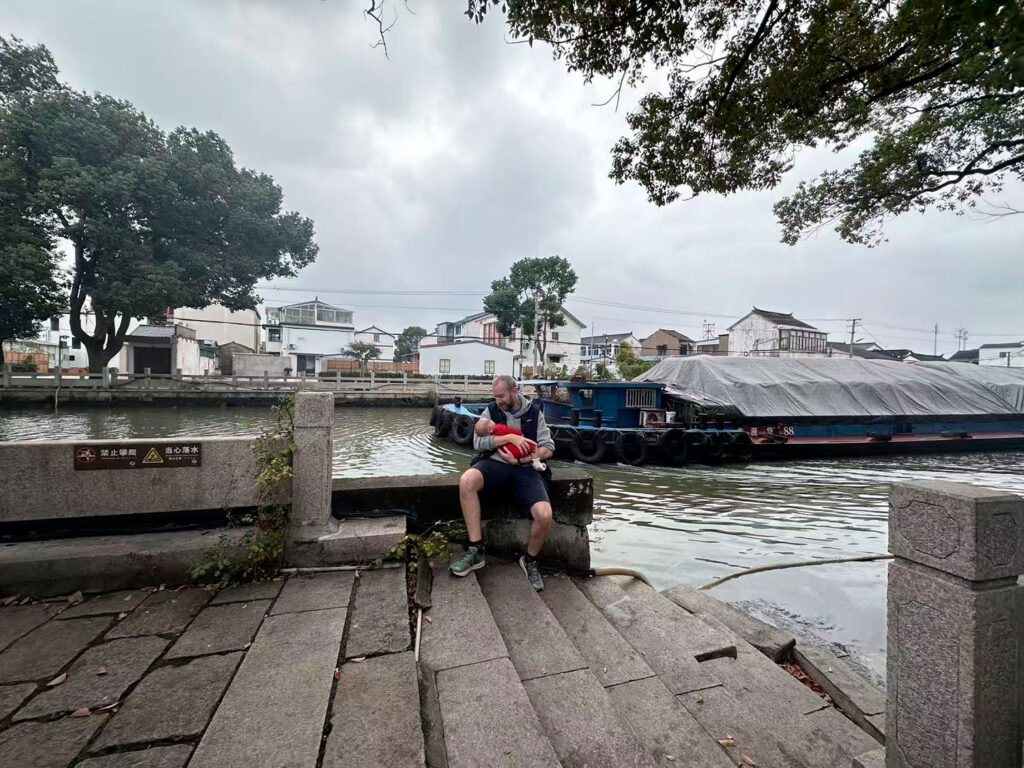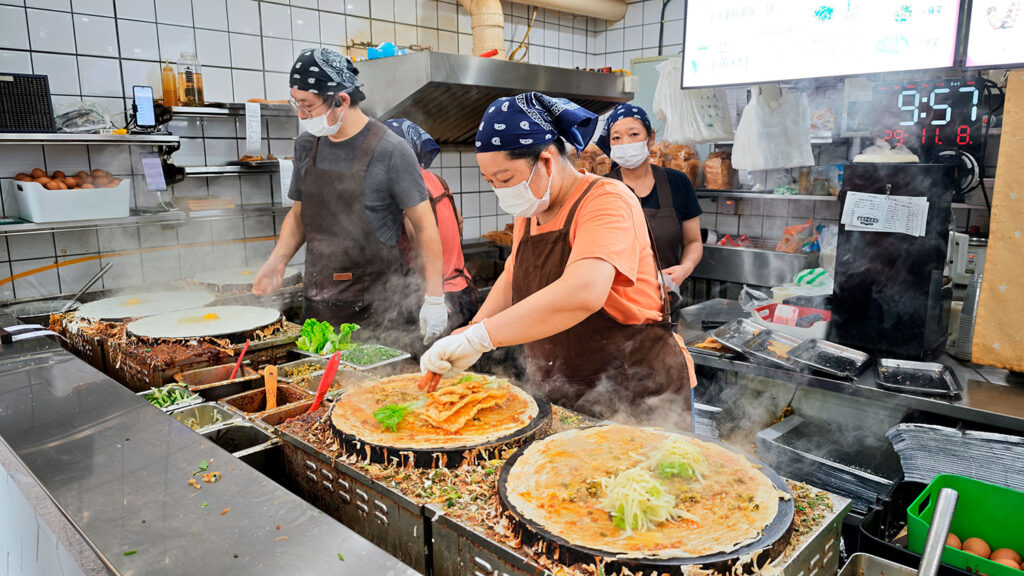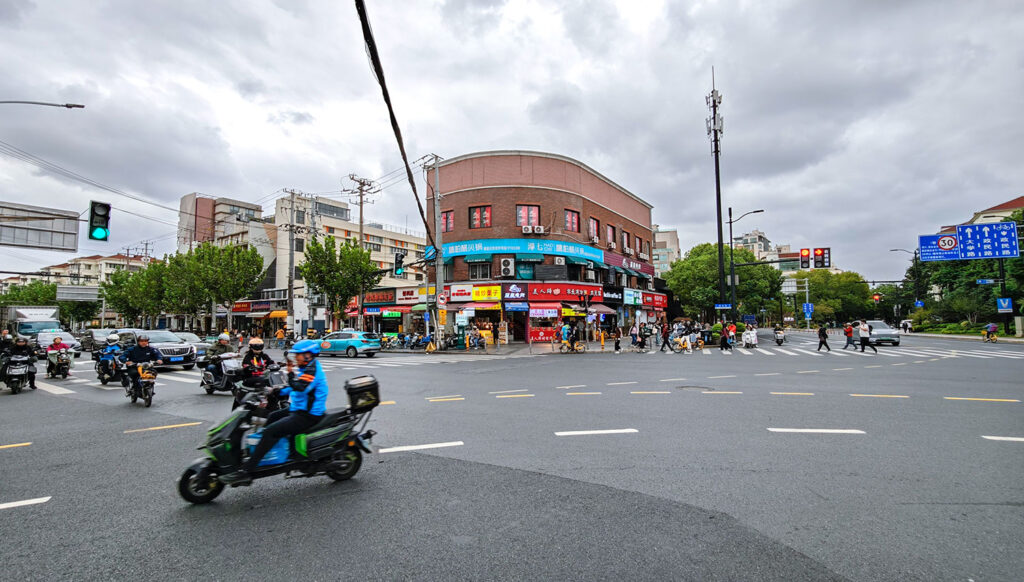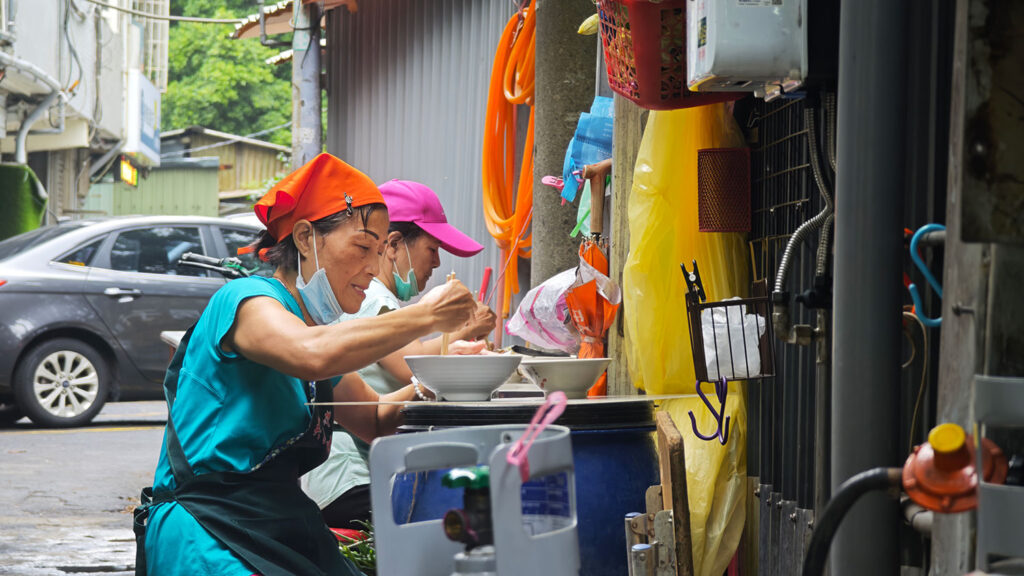(This is a review of HSK Standard Coursebooks, HSK1 to HSK4上, both the workbooks and textbooks. I’m now making my way through the HSK4下 ones.)
The structure is extremely clever, and full of composite words that are useful for later when combined (the Mandarin language is full of composite words). The difficulty doesn’t really increase across the levels, and the books just continue to expand grammar and add more words into the mix. A great feat is that you get conversational very fast, and then you can add more detail to your speech at higher levels.
It’s also extremely popular, so if you just search ‘HSK3 vocab’ on YouTube you find loads of video — or you can find specific grammar points (there being so much free content online for this).
I think it’s no big deal there are some slightly outdated words in there, or that it lacks words like ‘WeChat message’ or ‘scan this QR code’, which are extremely useful in daily life in China. But the big flaw is that it’s full of stockphotos and corny, cliché conversations. Every story is drenched in happiness and intend on giving you some inspirational life lesson: A taxi driver who talks about how traffic jams help him relax because he can listen to music, or a pedantic old lady who says you should have good methods to learn, so that you can achieve everything you want. Please. For variety’s sake, I wish the taxi driver taught me how to scold people who run red lights, or the old lady complains about how her son never calls her. That her groceries are heavy. I do think it’s a teacher’s responsibility to motivate their students — and a language’s teacher to teach language the way it’s used. This is what the HSK books, despite their genius, severely lack.
Obviously you do need to supplement it with Chinese classes from a professional teacher. My teachers at GoEast Mandarin supplemented it with Powerpoint presentations to rehearse grammar points and vocab.




